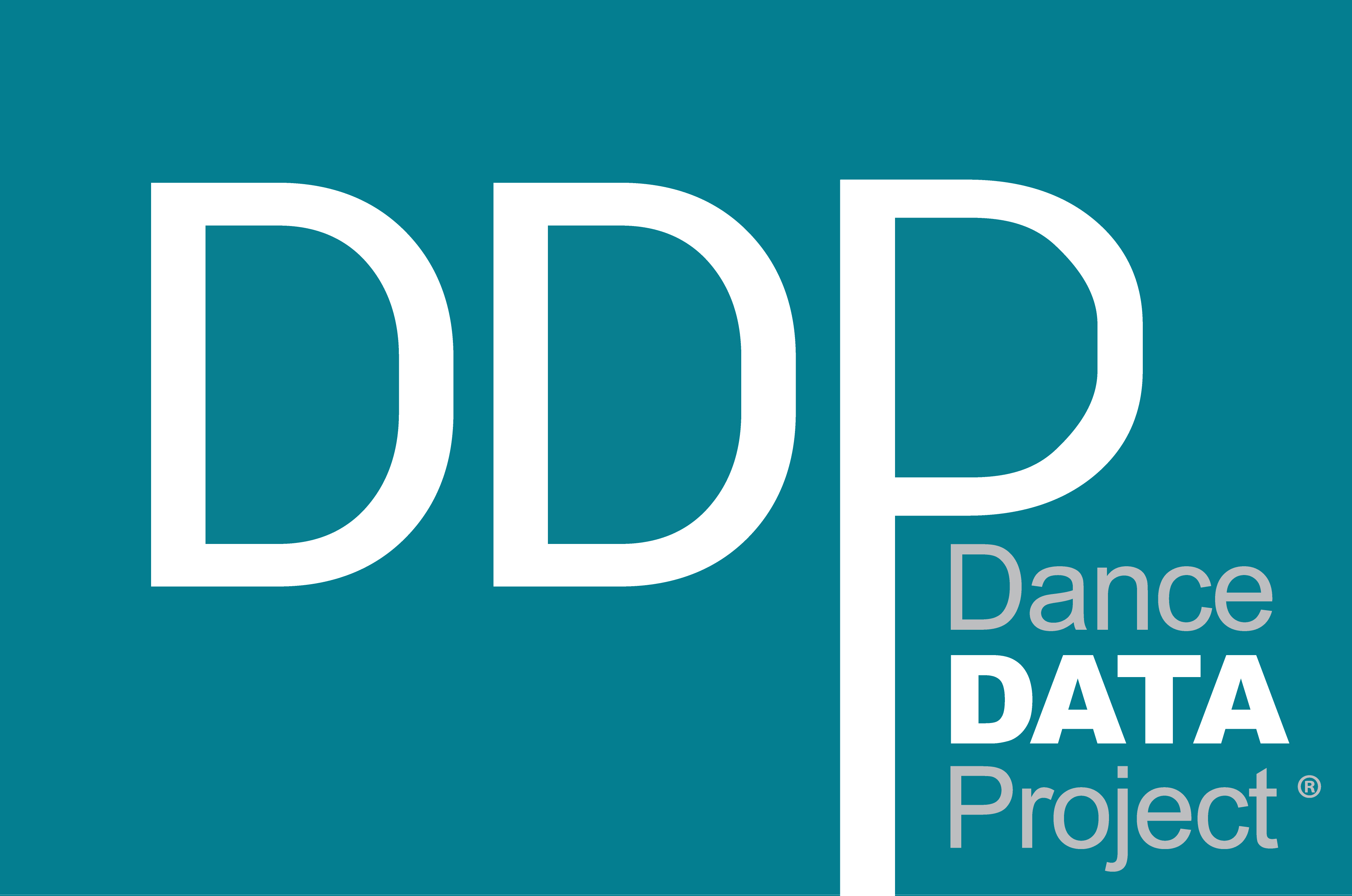DDP Talks To… Zoë Ashe-Browne and Emma Lister About Dancer Safety and Sexual Assault
Content warning: sexual assault, sexual harassment, and mental health
This DDP Talks To… centers on sexual assault and harassment in ballet culture and focuses on Best Practices and Guidelines for Ballet and Dance School Safety, a checklist DDP helped put together, as well as a Student Safety, Sexual Assault, & Harassment Links and Resources document practical use. DDP is joined by Zoë Ashe-Browne and Emma Lister, who conducted a survey through their podcast MOVERS SHAKERS MAKERS on dancer mental health, which included questions related to personal experiences of sexually inappropriate behavior in ballet schools and professional ballet companies.
Note: During the conversation, there are several statistics from Ashe-Browne’s and Lister’s survey. The survey was conducted in the fall of 2020, primarily circulated through the MOVERS SHAKERS MAKERS podcast and on social media. It was completed by over 400 respondents. 80% of the respondents were female, while 20% were male. Participants were asked about a wide range of behaviors and experiences, specifically related to sexual assault, mental health, and the culture within ballet. Questions were focused on both the pre-professional ballet school and professional ballet company experience. We have included the relevant statistics below for convenience:
- Pre-Professional Ballet Schools
- 30% of respondents said they experienced first-hand (either witnessed or personally experienced) sexually inappropriate behavior from staff at their ballet school as a student.
- Of those who responded “agree” or “strongly agree” to the above question, only 12% indicated they reported or talked about it with another adult.
- Professional Dance Companies
- 41% of respondents said they experienced first-hand (either witnessed or personally experienced) sexually inappropriate behavior from staff at their workplace as a professional dancer.
- Of those who responded “agree” or “strongly agree” to the above question, only 15% indicated they reported it.




